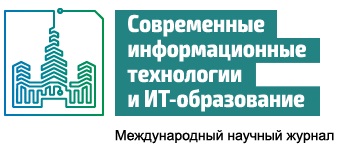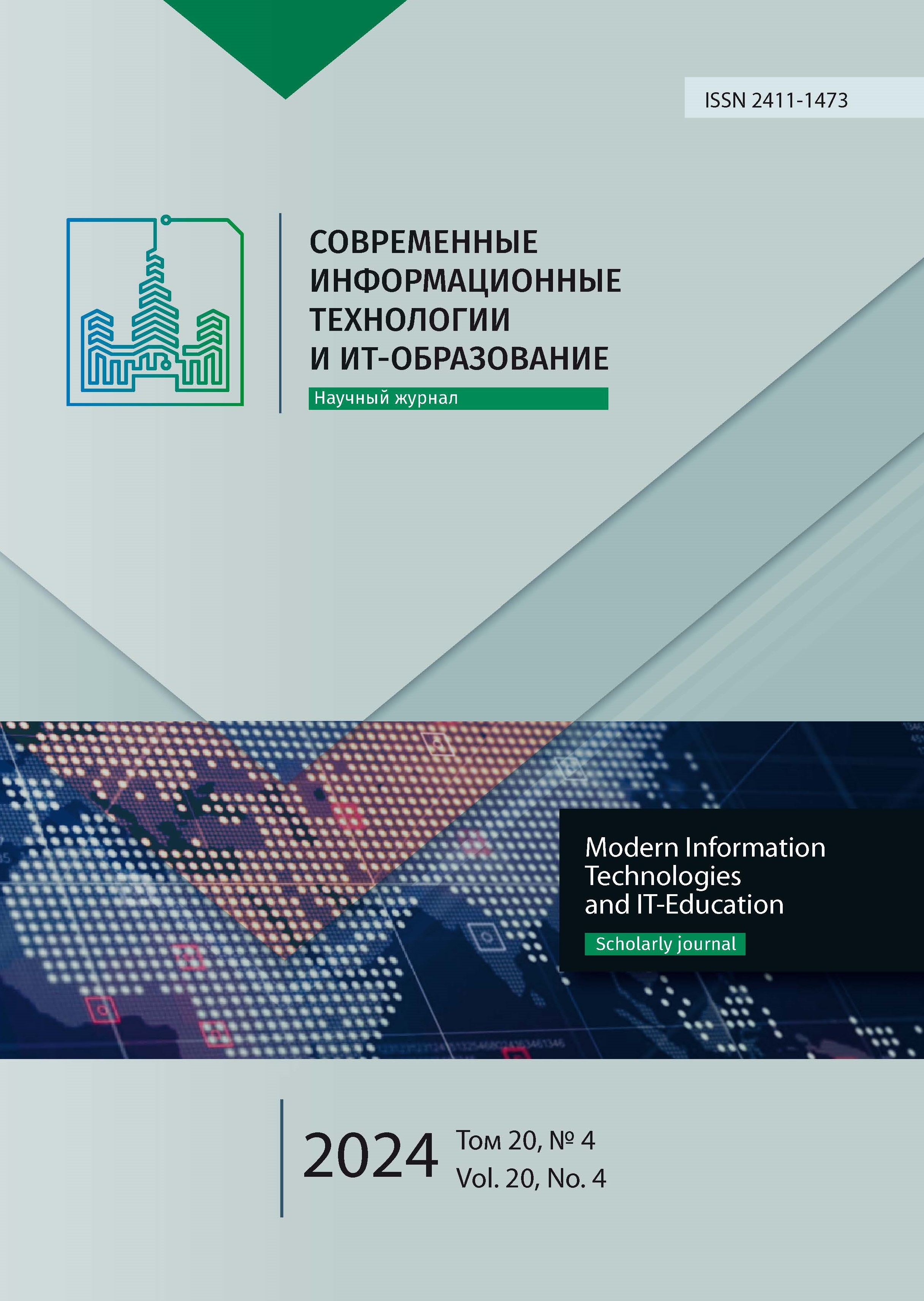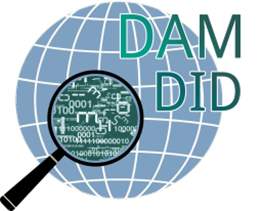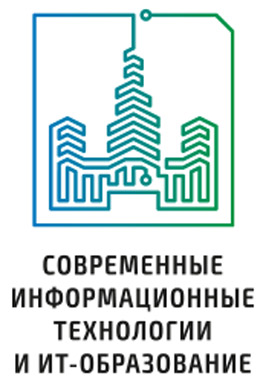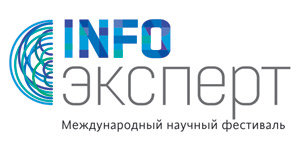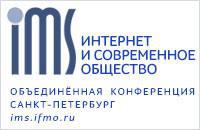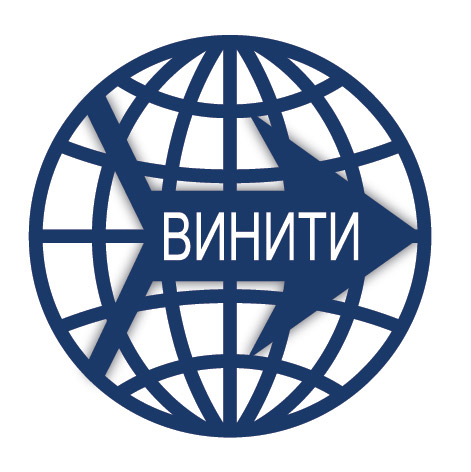О новой парадигме моделирования реальных объектов
Аннотация
Рассматриваются достоинства и недостатки классического подхода к математическому моделированию реальных объектов и процессов, протекающих в них. Построение модели в старой парадигме требует точного знания уравнений и сопутствующих условий, определяющих с данной точностью решение, которое и принимается за модель. Такие модели практически не обладают свойством адаптации к изменению данных. В рамках новой парадигмы предлагается более перспективный подход: на основе обновляемых разнородных данных – уравнения, законы физики, свойства симметрии и др. – строится иерархия адаптивных моделей, которая может уточняться и перестраиваться в соответствии с данными наблюдений над объектом. Отмечаются характерные черты и этапы нового метода: декомпозиция объекта, характеристика качества модели, выбор базисных элементов, подбор параметров и структуры модели, адаптация и возможность отчуждения и переноса модели. Обсуждаются возможности и достоинства параметрических моделей. Предлагается новый класс многослойных моделей на основе Аналитической Модификации Численных Методов (AMNM), с помощью которого можно построить широкий спектр математических моделей без ресурсоёмкой сложной процедуры обучения нейронных сетей. В нейросетевой ситуации этот подход тесно связан с вопросами глубококого обучения (DL). Обсуждается адекватный аппарат построения моделей в новой парадигме – физически-информированные нейронные сети (PINN), рекомендуется применение для PINN накопленных результатов по машинному обучению (ML).

Это произведение доступно по лицензии Creative Commons «Attribution» («Атрибуция») 4.0 Всемирная.
Редакционная политика журнала основывается на традиционных этических принципах российской научной периодики и строится с учетом этических норм работы редакторов и издателей, закрепленных в Кодексе поведения и руководящих принципах наилучшей практики для редактора журнала (Code of Conduct and Best Practice Guidelines for Journal Editors) и Кодексе поведения для издателя журнала (Code of Conduct for Journal Publishers), разработанных Комитетом по публикационной этике - Committee on Publication Ethics (COPE). В процессе издательской деятельности редколлегия журнала руководствуется международными правилами охраны авторского права, нормами действующего законодательства РФ, международными издательскими стандартами и обязательной ссылке на первоисточник.
Журнал позволяет авторам сохранять авторское право без ограничений. Журнал позволяет авторам сохранить права на публикацию без ограничений.
Издательская политика в области авторского права и архивирования определяются «зеленым цветом» в базе данных SHERPA/RoMEO.
Все статьи распространяются на условиях лицензии Creative Commons «Attribution» («Атрибуция») 4.0 Всемирная, которая позволяет другим использовать, распространять, дополнять эту работу с обязательной ссылкой на оригинальную работу и публикацию в этом журналe.
